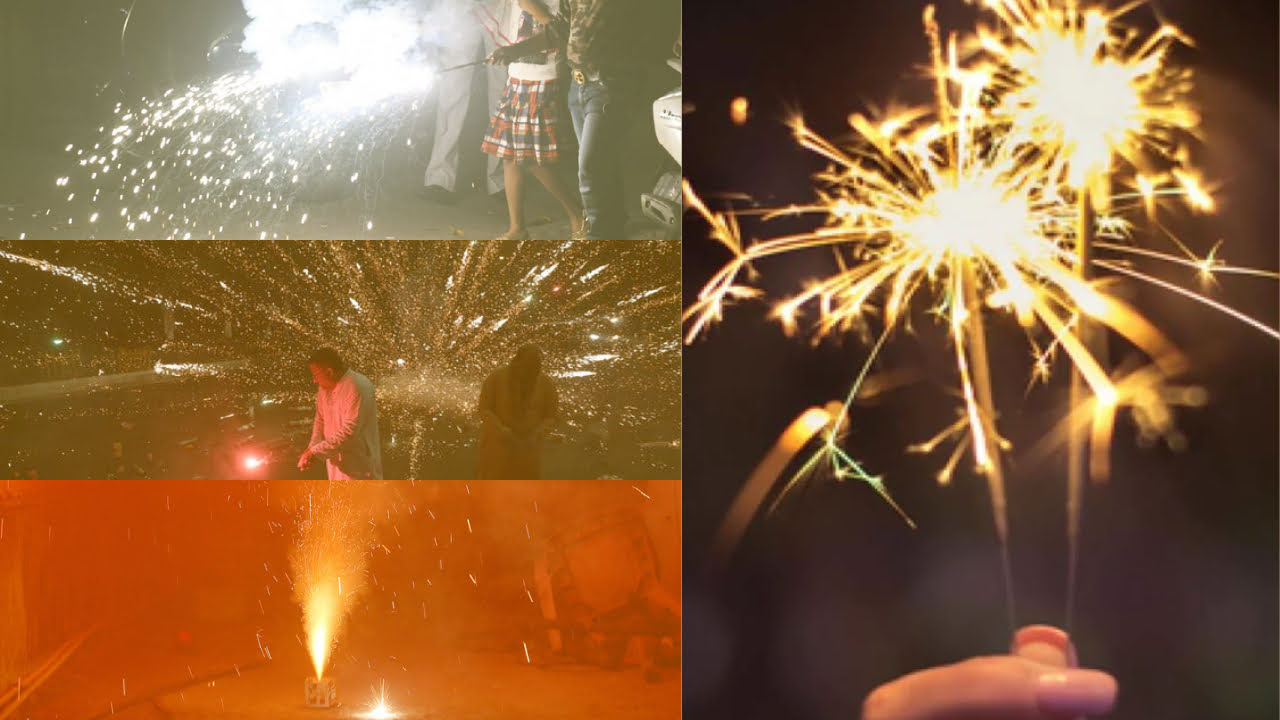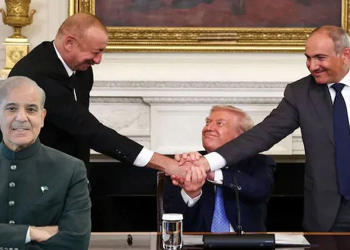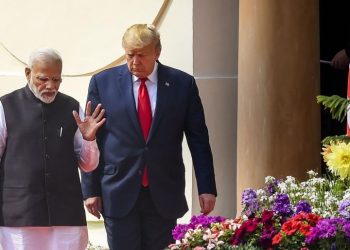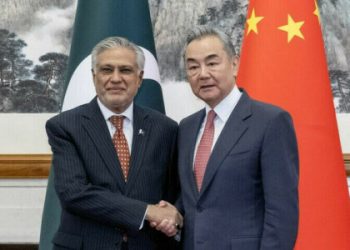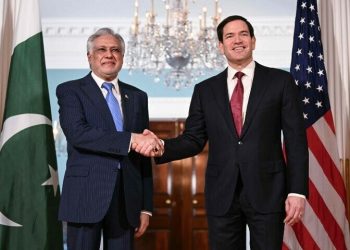The day after Diwali celebrations of fireworks, New Delhi, India residents woke up to the toxic smog over the whole sky and breathed in the most dangerously polluted air of the year so far, after hindus defied a fireworks ban.
Airborne PM2.5 can proove fatal to human cardiovascular and respiratory and can causes diseases like lung cancer. In India, toxic air kills more than a million people per annum.
The Air Quality Index (AQI) surged to 451 on a scale of 500 – the maximum recorded this year – indicating “severe” conditions that affect healthy people and seriously impacts those with existing diseases, according to the federal pollution control board’s guidance.
The AQI measures the concentration of poisonous particulate matter PM2.5 in a cubic metre of air. In Delhi, a city of nearly 20 million people, the PM2.5 reading on Friday averaged 706 micrograms, whereas the World Health Organization deems anything above an annual average of 5 micrograms as unsafe.
Airborne PM2.5 can cause cardiovascular and respiratory diseases such as lung cancer. And, in India, toxic air kills more than a million people annually.
“The firecracker ban didn’t seem to be successful in Delhi, which led to hazardous pollution levels adding on top of existing perennial sources,” Sunil Dahiya, Analyst, Centre for Research on Energy and Clean Air (CREA) said.
“It’s terrible for those with allergies and asthma. We will continue to squabble over reasons and are doomed to suffer,” he wrote in a post on Twitter.
Every year on Diwali celebrations, either government authorities or India’s Supreme Court impose a ban on firecrackers. But the bans rarely appear to be enforced.
